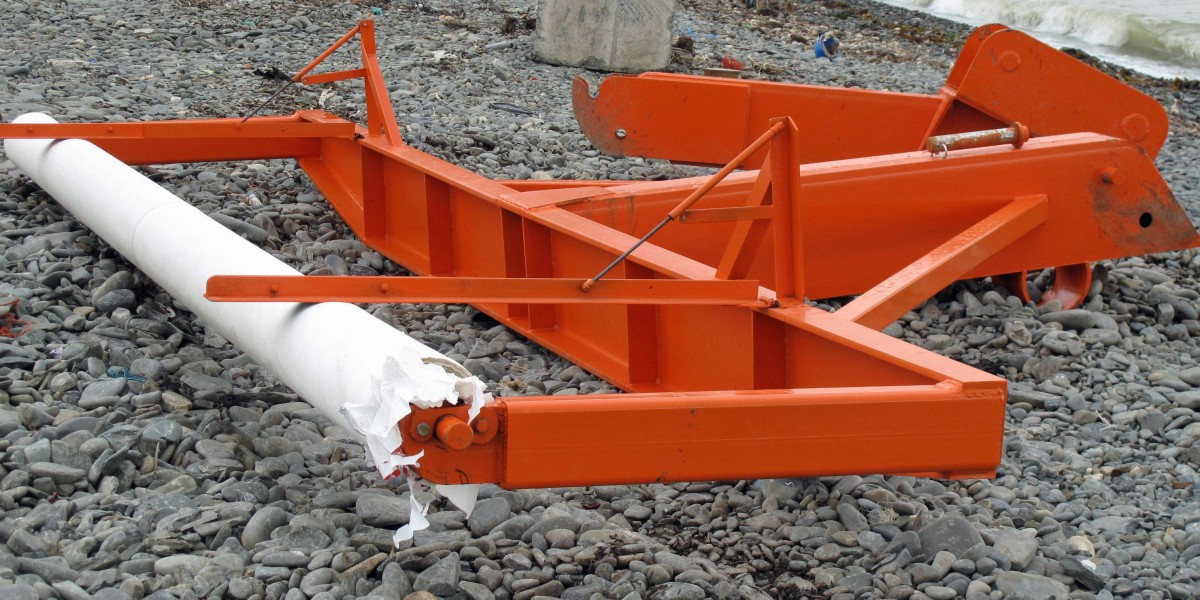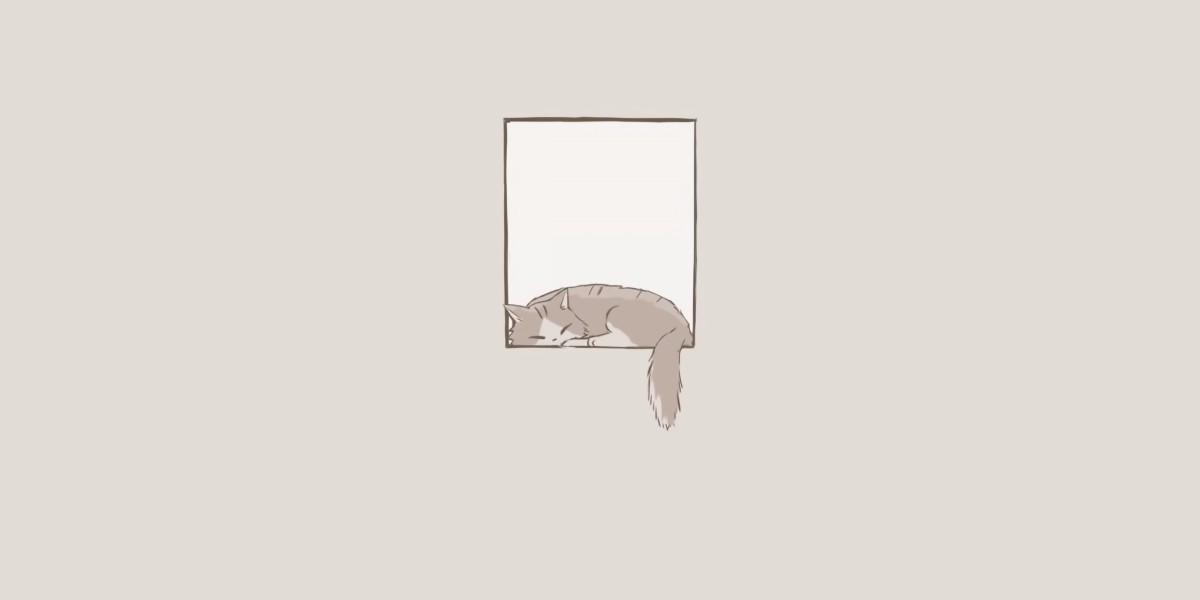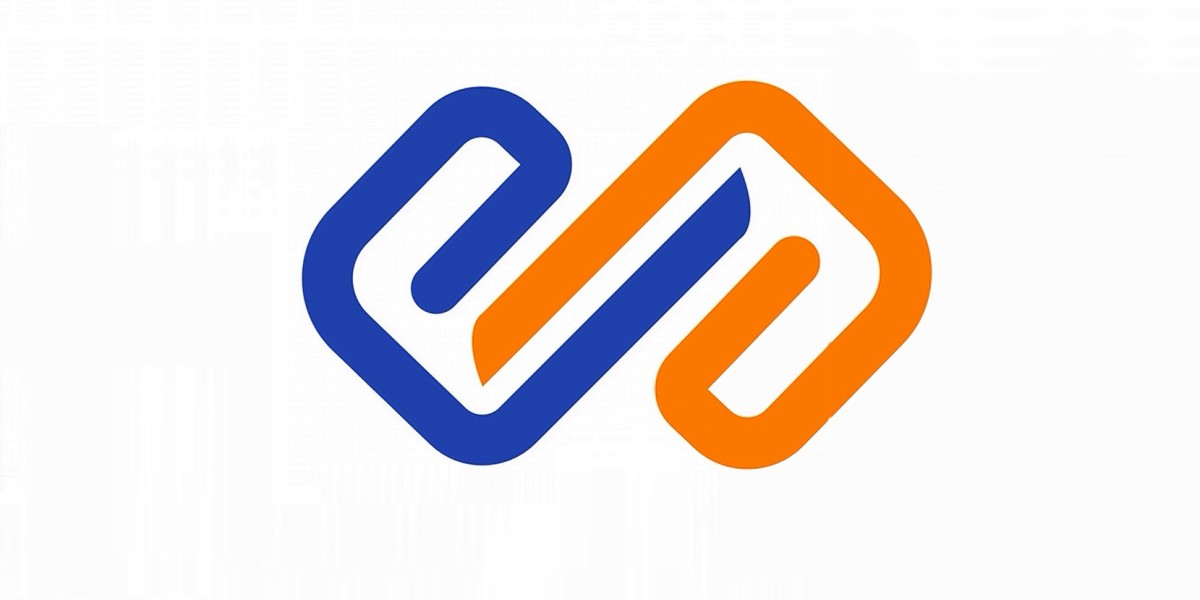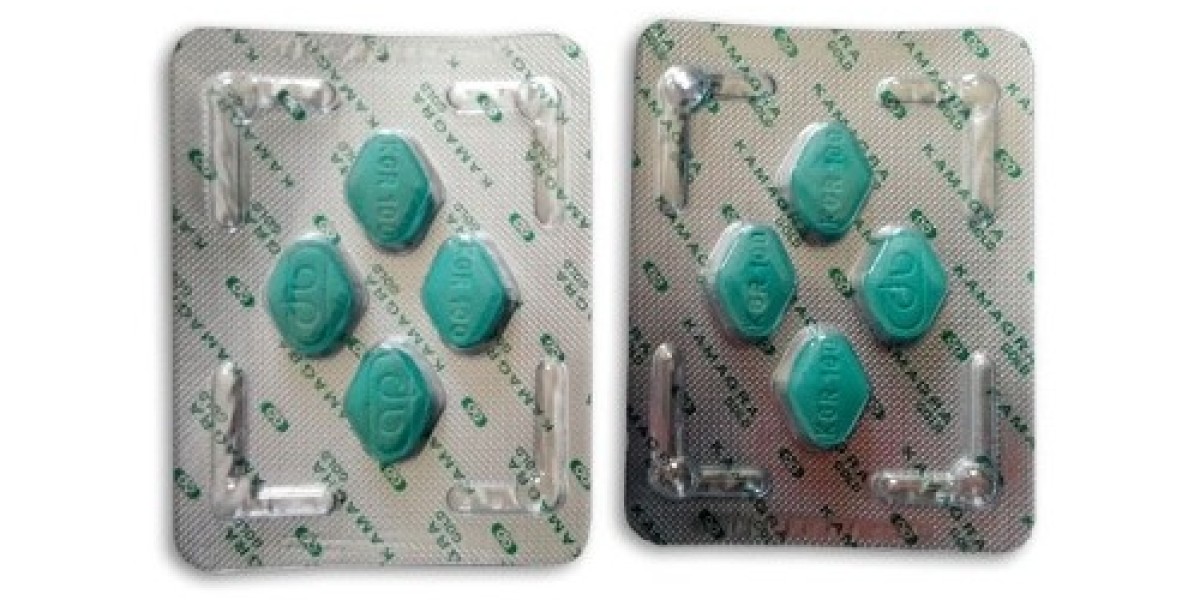In the realm of civil engineering and infrastructure development, ensuring the longevity and stability of roads, railways, and embankments is paramount. One of the key elements in achieving these goals is the strategic use of geotextile fabric rollers. These specialized tools play a crucial role in modern construction projects, offering a range of benefits that enhance both efficiency and sustainability.
What are Geotextile Fabric Rollers?
Geotextile fabric rollers, also known as geotextile tube rollers or geotube rollers, are cylindrical structures made from durable, permeable geotextile fabric. These rollers are typically filled with a mixture of soil, sand, or other suitable materials. They are designed to be deployed in various civil engineering applications, primarily for erosion control, slope stabilization, and shoreline protection.
Applications and Benefits
1. Erosion Control and Slope Stabilization: Geotextile fabric rollers are extensively used in erosion-prone areas and on slopes to prevent soil displacement and erosion. By reinforcing the soil structure and absorbing hydraulic forces, these rollers effectively stabilize embankments and slopes, reducing the risk of landslides and ensuring long-term stability.
2. Shoreline Protection: Along coastlines and water bodies, geotextile fabric rollers serve as a robust solution for shoreline protection. They mitigate wave impact, trap sediments, and foster natural vegetation growth, thereby safeguarding coastal infrastructure and habitats.
3. Drainage Improvement: In road construction and landfills, geotextile fabric rollers facilitate enhanced drainage management. By promoting water infiltration while retaining soil particles, they prevent pore clogging and maintain soil porosity, contributing to sustainable drainage systems.
4. Environmental Sustainability: Compared to traditional methods such as riprap or concrete structures, geotextile fabric rollers offer environmental advantages. They minimize ecological disturbance during installation, require fewer raw materials, and can be filled with locally sourced materials, reducing carbon footprints associated with transportation.
Design and Construction
Geotextile fabric rollers are typically manufactured using high-strength, non-woven geotextiles that are resistant to ultraviolet (UV) degradation and chemical deterioration. The fabric's permeability and pore size are engineered to accommodate specific project requirements, ensuring optimal performance in diverse environmental conditions.
During construction, the rollers are filled on-site with locally available materials, such as sand or dredged sediments. This flexibility in filling materials allows for customization based on project specifications, making geotextile fabric rollers adaptable to a wide range of applications and geographical settings.
Conclusion
In conclusion, geotextile fabric rollers represent a significant advancement in geotechnical and environmental engineering practices. Their versatile applications and sustainable benefits make them indispensable tools for enhancing infrastructure resilience, promoting environmental stewardship, and ensuring long-term economic viability in construction projects worldwide.
As technologies continue to evolve, geotextile fabric rollers are expected to play an increasingly pivotal role in shaping the future of sustainable infrastructure development, offering innovative solutions to the challenges posed by natural and man-made environments alike.







